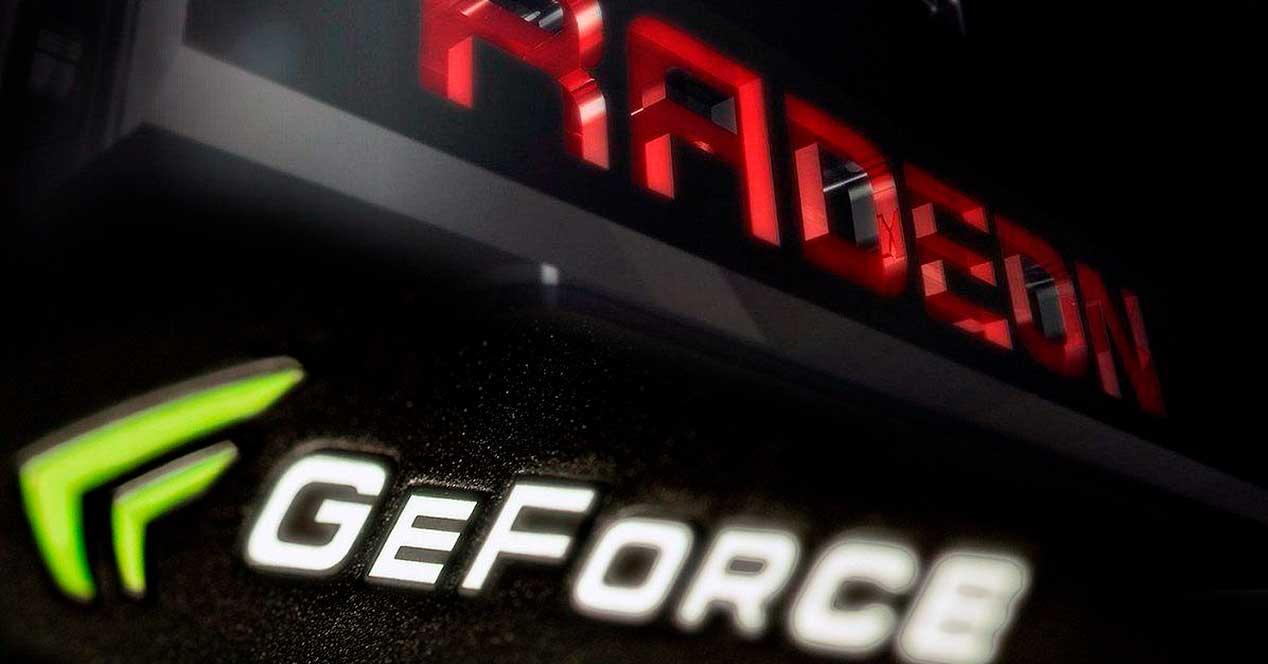The price of graphics cards continues to skyrocket to levels never seen before. Excessive speculation and wear and tear from shops and individuals created a business with the backing of AMD and NVIDIA, as well as distributors, which made it impossible for the ordinary user to obtain units at the correct prices. After the latest news the price reports are deviating from logic, what’s going on?
The drop in mining drives the price of GPUs +
Although TSMC has already said earlier this year that it is eliminating the economic benefits for all of its large volume customers, despite the fact that Samsung has already confirmed that it will increase the price of wafers to fund its new R&D projects and the new Fab, TrendForce says GPU prices will stay on this quarter and drop for the last of the year.
While it seems impossible, there is one factor that seems to be the one that explains it all. As we are well aware, cryptocurrencies have returned to normal prices and the bubble is breaking through again as in the past, stabilizing or causing losses to many miners.
This implies that GPU sales are much lower despite the fact that users might be thought to be hopping over stores to buy new graphics. This does not seem to be happening, mainly because the prices are skyrocketing, the user has already got used to waiting due to the nullity of the stock, and patience has become a virtue. As the saying goes: before the virtue of asking, there is the gift of not giving.
The contract market, smartphones, assembled PCs and users on the defensive
TrendForce’s statements about the future are very illuminating:
Recent observations on the spot trading of DRAM products for graphics cards indicate that changes in this market are closely correlated with changes in the value of Ethereum (ETH) as graphics cards are the crucial tool for dealing with the problem. algorithm for mining this cryptocurrency.
ETH prices have fallen by more than 50% in the space of two months following the latest measures adopted by regulators around the world to crack down on cryptocurrency speculation. As a result, the interest of cryptocurrency miners and investors in ETH has also declined significantly.
Falling demand from cryptocurrency miners also means that a significant number of graphics cards are being introduced to the second-hand market. TrendForce research shows that spot graphics card prices have fallen 20-60% in the past month (or more depending on the market). In addition, the widespread decline in spot graphics card prices has also significantly limited the one-time demand for graphics DRAM.
According to TrendForce’s understanding, although spot prices are always higher than contract prices for GDDR6 chips, the gap is closing rapidly. This, in turn, will have a harmful effect on the general price trend of GDDR6 chips in the future. The trade is even more moderate for GDDR5 chips which are used in previous generations of graphics cards from NVIDIA and AMD. Spot prices are now 20% lower than contract prices for GDDR5 chips. The difference here indicates that there is an overabundance of older graphics cards and the GDDR5 chips built into them are no longer in high demand.
Therefore, DRAM contract prices for graphics cards are expected to increase of nearly 15% for 3Q21because the compliance rate of graphics DRAM suppliers is still relatively low.
The low sales will cause the price of GPUs to drop, if they want to sell the stock …
When it comes to the graphics DRAM contract market, the seller side has a huge influence on price negotiations as these vendors prioritize server DRAM production over other product categories. In today’s discrete graphics card ecosystem, graphics DRAM buyers like NVIDIA continue to opt for a sales-based bundled business model (i.e., graphics card manufacturers who buy NVIDIA GPUs they also need to buy DRAM for their graphics cards).
Since NVIDIA and AMD have captured the vast majority of the DRAM GPU offering, laptop OEMs and manufacturers of small to mid-size PC components (such as motherboards) will have a hard time acquiring enough of VRAM, while the compliance rate of DRAM vendors for GPU DRAM chips remains relatively low.
These aforementioned factors are responsible not only for the almost 15% increase in QoQ in overall graphics DRAM contract prices for 3Q21 (which is slightly higher than the corresponding price increases on conventional PC and DRAM products). of GDDR6 chips are about 10 to 15% higher than the contract prices.
Overall, prices in the graphics DRAM spot market, which is an extremely responsive market, have already started to reflect the weakening demand of the finished product segment, especially for graphics cards (NVIDIA / AMD) used in cryptocurrency mining. As the supply of used graphics cards increases, some graphics card manufacturers can initiate price cuts on GPUs in promotional format to boost sales.
In addition, buyers in the spot market may also start to anticipate even lower prices, and this anticipation will likely lead to a massive drop in demand for graphics cards or lead to the adoption by these buyers of a speculative attitude compared to graphics DRAM. TrendForce therefore estimates that the gap between spot prices and contract prices for GDDR6 chips will start to narrow in 3Q21.
As we can see, it is an extremely complicated market and the situation is extremely delicate. The forecast is this, the moves have already been made and the demand for GPUs is dropping. In other words, either they encourage the sale by lowering the prices to “normal” levels, or the stock will gather dust on the shelves, since miners no longer buy them and users are not going to pay a fortune like the first ones.
Gamers until recently made invisible by both AMD and NVIDIA (much more for the former, it must be said) now seem to be the solution for the market and the price of GPUs, to say the least curious.





 Overall, prices in the graphics DRAM spot market, which is an extremely responsive market, have already started to reflect the weakening demand of the finished product segment, especially for graphics cards (NVIDIA / AMD) used in cryptocurrency mining. As the supply of used graphics cards increases, some graphics card manufacturers can initiate price cuts on GPUs in promotional format to boost sales.
Overall, prices in the graphics DRAM spot market, which is an extremely responsive market, have already started to reflect the weakening demand of the finished product segment, especially for graphics cards (NVIDIA / AMD) used in cryptocurrency mining. As the supply of used graphics cards increases, some graphics card manufacturers can initiate price cuts on GPUs in promotional format to boost sales. 





